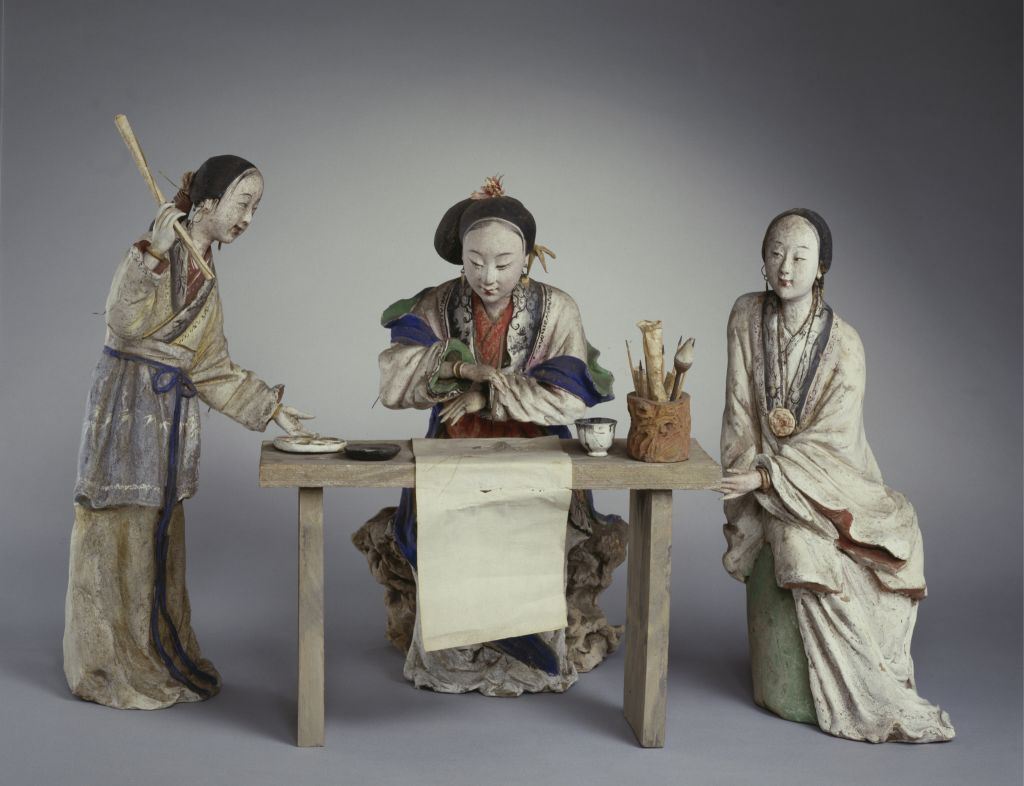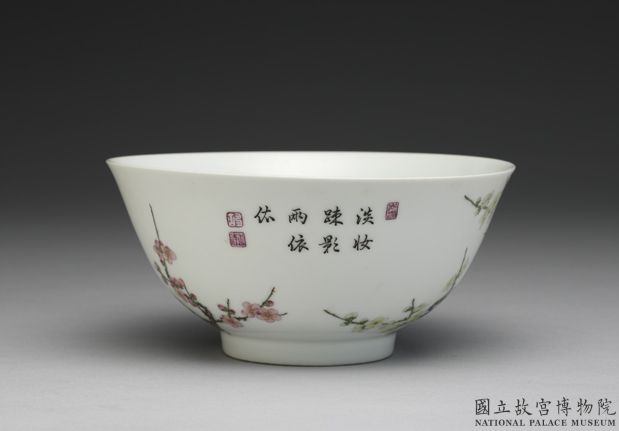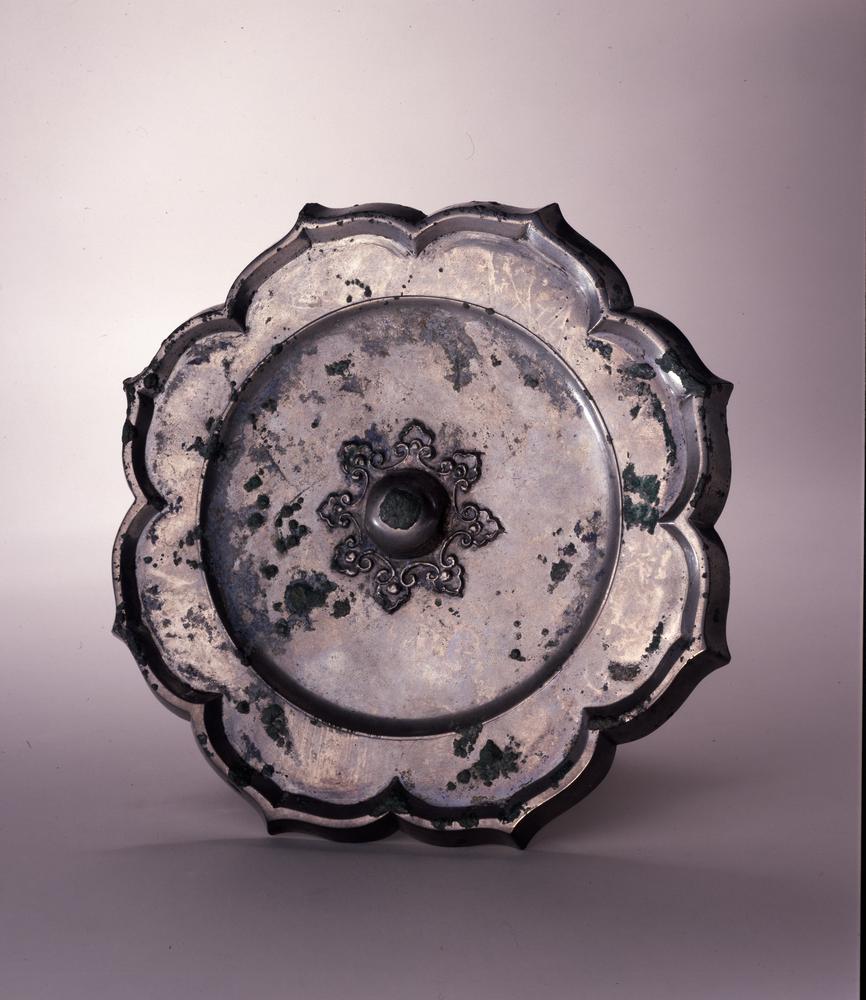[Weng Fanggang’s Running Script on Jiang Tie Volume]
“On Jiang Tie” Volume, Qing Dynasty, Weng Fanggang’s Running Script, paper version, running script, 28.9 cm in length, 302.4 cm in width
Interpretation:
The twenty items in the Jiang Tie were originally collected by Feng Zhuozhou’s family and later returned to Sun Tuigu. Each painting has a two-character seal with a few squares and two inches in width. At the beginning of the Yuan Dynasty, a seal was placed in the loading pool, and there were also those with or without this seal. The paper has horizontal curtain patterns, and the pad hand is also extremely exquisite. Those who have heard of this and refined development are not complete in any number of parts. Feng Boheng chose his refined and virtuous person to synthesize this ear. The old questions still remain behind the volumes. After ten volumes, the emperor’s books were listed again, headed by Emperor Taizong of the Song Dynasty. Both of the two king’s books were separated, with various titles mixed with dizziness. The Daguan Posts are also based on Feng Boheng’s collection. The Dan Jihan, Pursuit, and Jian’an Posts, as well as the traces of Wang Xuan and Wang Qia, which are copied from the current Kuaixue Hall Posts, are mostly derived from the original Daguan Posts. The original stone of the Grand View is original, and every marginal damage is particularly ancient and lovely. Today, it is verified by copying it with fast snow, as if it were a certificate of a real stone in a secret pavilion. When the Feng family entered the stone, Wen Min did not attempt to recount the original story copied from the Grand View, which prevented future generations from examining it in detail. In the early autumn of my life, I ascended to the square
The “Jiang Tie” is a collection of 20 volumes carved together. It was named after the Pan family who copied it in Jiangzhou (now Xinjiang, Shanxi) during the reign of Emperor You and Jiayou of the Song Dynasty (1049-1063). This post is based on the “Chunhua Pavilion Post” and has been added or deleted. It is engraved with ancient calligraphy of various families, calligraphy of famous officials of various dynasties, calligraphy of two kings, calligraphy of emperors of various dynasties, calligraphy of Tang and Song dynasties, etc. “Jiang Tie” is the earliest privately carved cong Tie, which has been engraved since the Song Dynasty, with complex rubbings. Weng Fanggang’s work is a postscript to the “Jiang Tie” compiled by Feng Quan (also known as Boheng) in the late Ming Dynasty, which examines and revises the “Jiang Tie”
Weng Fanggang is both a calligrapher and a scholar, and the textual research of ancient inscriptions and rubbings is an important aspect of his academic field. This work was created in the fourth year of Jiaqing (1799), when Weng was 67 years old. “The strokes are smooth and rich, the knots are steady, and the style is simple and vigorous. It is the best work of Weng’s late years.”.
![图片[1]-Weng Fanggang’s Running Script on Jiang Tie Volume-China Archive](https://chinaarchive.net/Warring States period/model calligraphy/s58e48c04f08ab.jpg)





